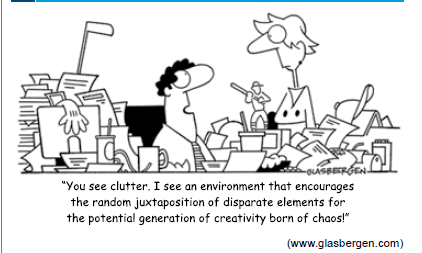Questões de Vestibular de Inglês
Foram encontradas 5.960 questões
At Hwaban, Mihyun Han with her husband, Key Kim, will present their take on Korean fare, traditional and personalized with modern touches. The serene, neutral-toned dining room with pale brick walls, accented by dark furniture, is the setting for their varied menu. Some of the small plates to start are shrimp or scallop, an organic egg with king crab in a pine nut sauce, and pan-seared zucchini with shrimp in a soy sauce. More substantial dishes include poached lemon sole with vegetables, chicken with root vegetables, and grilled New York strip steak with Korean mountain greens and mustard dressing. Classics like bibimbap, kimchi stew with pork belly, and galbi (short ribs) are also served, and there is a set array of dishes called Hwaban Table. The name of the restaurant means “as beautiful as a flower,” and there are floral elements in the dining room and on some plates.
(Florence Fabricant. www.nytimes.com, 14.08.2018. Adaptado.)
At Hwaban, Mihyun Han with her husband, Key Kim, will present their take on Korean fare, traditional and personalized with modern touches. The serene, neutral-toned dining room with pale brick walls, accented by dark furniture, is the setting for their varied menu. Some of the small plates to start are shrimp or scallop, an organic egg with king crab in a pine nut sauce, and pan-seared zucchini with shrimp in a soy sauce. More substantial dishes include poached lemon sole with vegetables, chicken with root vegetables, and grilled New York strip steak with Korean mountain greens and mustard dressing. Classics like bibimbap, kimchi stew with pork belly, and galbi (short ribs) are also served, and there is a set array of dishes called Hwaban Table. The name of the restaurant means “as beautiful as a flower,” and there are floral elements in the dining room and on some plates.
(Florence Fabricant. www.nytimes.com, 14.08.2018. Adaptado.)
Fake news can distort people’s beliefs even after being debunked. A study recently published in the journal Intelligence suggests that some people may have an especially difficult time rejecting misinformation. Asked to rate a fictitious person on a range of character traits, people who scored low on a test of cognitive ability continued to be influenced by damaging information about the person even after they were explicitly told the information was false. The study is significant because it identifies what may be a major risk factor for vulnerability to fake news.
One possible explanation for this finding is based on the theory that a person’s cognitive ability reflects how well they can regulate the contents of working memory – their “mental workspace” for processing information. First proposed by the cognitive psychologists Lynn Hasher and Rose Zacks, this theory holds that some people are more prone to “mental clutter” than other people. In other words, some people are less able to discard (or “inhibit”) information from their working memory that is no longer relevant to the task at hand, or information that has been discredited. Research on cognitive aging indicates that, in adulthood, this ability declines considerably with advancing age, suggesting that older adults may also be especially vulnerable to fake news. Another reason why cognitive ability may predict vulnerability to fake news is that it correlates highly with education. Through education, people may develop meta-cognitive skills – strategies for monitoring and regulating one’s own thinking – that can be used to combat the effects of misinformation.
(www.scientificamerican.com, 06.02.2018. Adaptado.)

A partir da associação entre o texto e o cartum, depreende-
-se que a expressão “mental clutter”, empregada no segundo
parágrafo do texto, significa
Fake news can distort people’s beliefs even after being debunked. A study recently published in the journal Intelligence suggests that some people may have an especially difficult time rejecting misinformation. Asked to rate a fictitious person on a range of character traits, people who scored low on a test of cognitive ability continued to be influenced by damaging information about the person even after they were explicitly told the information was false. The study is significant because it identifies what may be a major risk factor for vulnerability to fake news.
One possible explanation for this finding is based on the theory that a person’s cognitive ability reflects how well they can regulate the contents of working memory – their “mental workspace” for processing information. First proposed by the cognitive psychologists Lynn Hasher and Rose Zacks, this theory holds that some people are more prone to “mental clutter” than other people. In other words, some people are less able to discard (or “inhibit”) information from their working memory that is no longer relevant to the task at hand, or information that has been discredited. Research on cognitive aging indicates that, in adulthood, this ability declines considerably with advancing age, suggesting that older adults may also be especially vulnerable to fake news. Another reason why cognitive ability may predict vulnerability to fake news is that it correlates highly with education. Through education, people may develop meta-cognitive skills – strategies for monitoring and regulating one’s own thinking – that can be used to combat the effects of misinformation.
(www.scientificamerican.com, 06.02.2018. Adaptado.)